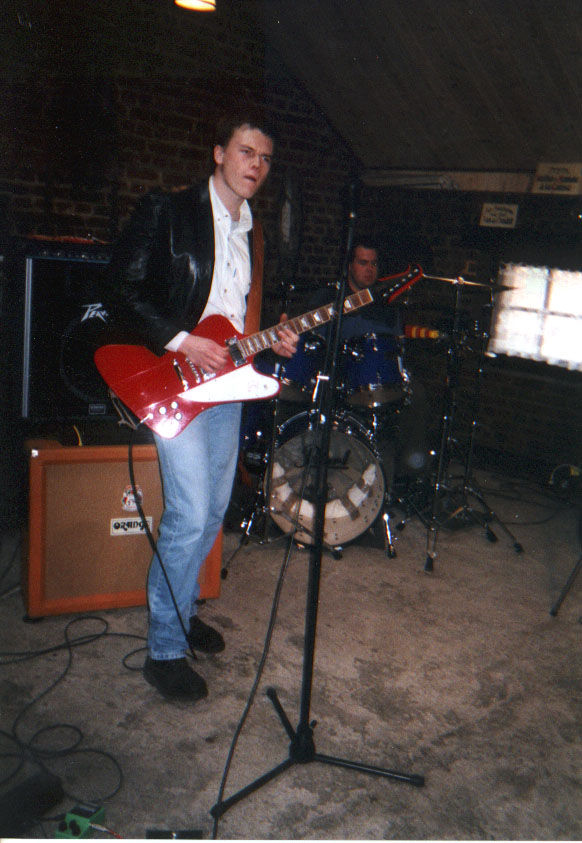Long ago, when I was a teenager right in the middle of nowhere, I wanted to start a rock band. It was ambitious, it was the early nineties, and I wanted to play what was dad’s rock at that time, which now qualifies as grandad’s rock: Led Zeppelin, Jimi Hendrix, Deep Purple… I had played guitar in a rock band before, but it was a different scope: this time I wanted to lead the band, and get the band to sound as I wanted it to sound.
There’s quite a lot of different things to describe when you want a band to sound a certain way. You may share parts, but most rock musicians don’t know how to read music. You may share records, but the way people feel music is subjective. You have to find the right words to communicate, but in most cases words are not enough.
In most industries, describing a product is rather easy: if a bolt must be 35mm long with a 0.01% tolerance, and you need to make a million of them, you know exactly what it will cost, because pretty much everything can be measured. If you want to make a record that sounds like the Rolling Stones, that will take a little more than putting Keith Richards on a scale.
With color you may think it’s easier because we have code values, color science and calibration. But soon enough you realize that all those numbers are based on a handful of young white male looking inside a tube… so that 50K$ probe is designed to tell you precisely the answer to the question: “hey Bill, is that color more red or orange?”. Then you have all the theory of color in art, Munsell and other systems of colors… because a color by itself means nothing, it s all contextual and relative. Half physics, half psychology.
In that experience, I had to test the words against the meaning it has for each guy, take “funky”: for some people, funk means James Brown in 1970, for some people funk means Earth, Wind and Fire in 1982. Not the same kind of funk. And that’s the same for pretty much everything: what is a “groovy” beat, what is a “dreamy” sound… I wrote an article couple years back about this. In those days, Hendrix and Zeppelin were not playing on the radio in Picardie, it was difficult to find musicians, and then to get them to play that music. It was much about listening to records together, bringing stuff that the other may like, see the reactions while we were in the same room, that was before MP3, WhatsApp and Spotify. I ended up learning the other instruments just to have a better understanding of the problematic and show more easily what I wanted. I was a PITA, took a while to actually realize that, but at least I ended up having a band that was playing 60s rock in local bars. That was fun.

In cinema it’s pretty much the same: once you have the guys in the team understanding each other, because they’ve worked together, you get a director and the actors to understand each other, same with the editor, the sound guys, the director of photography… it takes all those people to understand and embrace the same vision, to integrate it within the specificity of the different crafts, to make a great movie. That vision might evolve with everyone’s involvement: something that wasn’t in the script gets shot, the editor takes it, it gives a new dimension to a character… you have to respect the dynamic aspect: cinema is a collective art, with more or less democracy in the management: if at some point the creative vision is shared, it’s easier to get meaningful propositions.
In general, we have to be very careful with numbers and data: they are easy to manipulate to tell something or the contrary. It’s always good to have a “gut feeling” and a consensus on how to do things, and to build that consensus with the right vocabulary, and the right tools. In this blog I ll have a lot of opportunities to discuss that.
Cedric
Originally published on Rockflowers April 2020